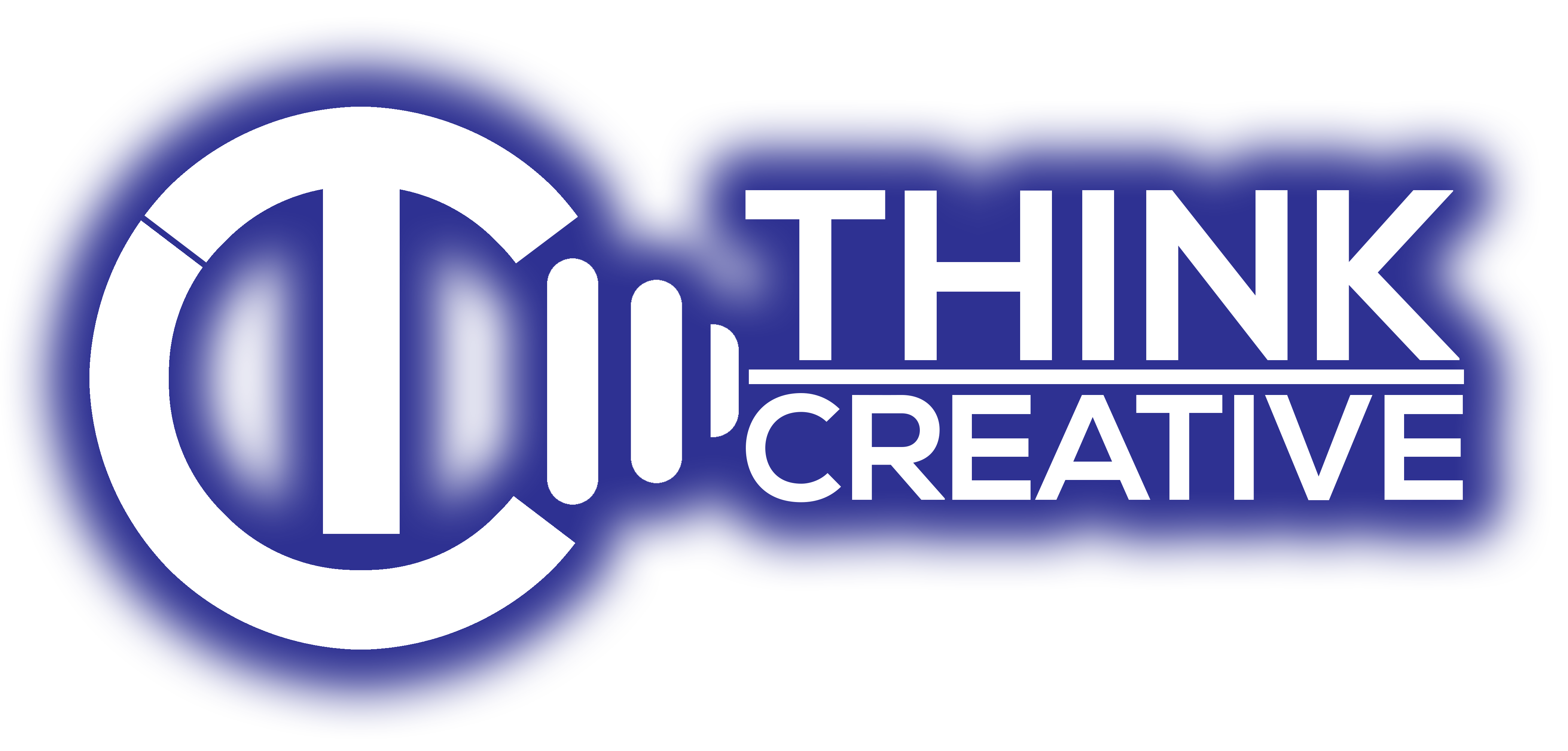In today’s competitive market, establishing a strong brand identity is essential for success. At the core of a compelling brand identity is visual design, which plays a crucial role in how a brand is perceived and remembered by consumers. This blog explores the power of visual identity and how strategic design can build strong brand recognition.
What is Visual Identity?
Visual identity encompasses the visual elements that represent a brand, including logos, typography, color schemes, imagery, and overall style. It is the visual aspect of branding that communicates a company’s values, personality, and promise to its audience. A strong visual identity is consistent across all platforms and touchpoints, ensuring that the brand is easily recognizable and memorable.
The Importance of Visual Identity
1. First Impressions Matter
The visual identity of a brand often forms the first impression. Whether it’s a website, social media profile, or product packaging, the design elements convey the brand’s professionalism, quality, and trustworthiness. A well-designed visual identity can attract attention, create interest, and invite further engagement with the brand.
2. Differentiation from Competitors
In a crowded marketplace, standing out is crucial. A unique visual identity helps differentiate a brand from its competitors. It highlights what makes the brand special and why consumers should choose it over others. Distinctive design elements create a visual marker that sets the brand apart.
3. Emotional Connection
Visual elements can evoke emotions and build connections with the audience. Colors, shapes, and images can convey feelings of excitement, trust, warmth, or sophistication. By aligning the visual identity with the brand’s core values and audience’s preferences, companies can create an emotional bond that fosters loyalty and repeat business.
4. Consistency and Professionalism
Consistency in visual identity across all platforms and materials builds brand credibility. It reinforces the brand’s message and ensures that consumers have a cohesive experience regardless of where they encounter the brand. This professionalism enhances the brand’s reputation and makes it more reliable in the eyes of consumers.
Key Elements of Visual Identity
1. Logo
The logo is the cornerstone of a brand’s visual identity. It is the most recognizable element and often the first thing people think of when recalling a brand. A great logo is simple, memorable, and reflective of the brand’s essence. It should be versatile enough to work across various mediums and sizes.
2. Color Palette
Colors play a significant role in visual identity as they have the power to evoke emotions and influence perceptions. A well-chosen color palette can convey the brand’s personality and create visual harmony. For example, blue often represents trust and professionalism, while red can evoke excitement and passion.
3. Typography
Typography is more than just selecting fonts; it’s about creating a visual hierarchy and readability that aligns with the brand’s voice. Consistent typography helps maintain a cohesive look and feel across all brand communications. It can also reflect the brand’s character, whether it’s modern and sleek or classic and elegant.
4. Imagery and Graphics
Images and graphics are powerful tools for storytelling. They can convey messages quickly and effectively, often more so than text alone. The style of imagery, whether it’s photographs, illustrations, or icons, should align with the brand’s overall aesthetic and appeal to its target audience.
5. Design Style
The overall design style ties all visual elements together. It includes the use of white space, alignment, balance, and the visual flow of information. A consistent design style ensures that all visual communications are cohesive and aligned with the brand’s identity.
Building Strong Brand Recognition through Design
1. Understand Your Audience
Effective visual identity starts with understanding the target audience. What are their preferences, needs, and behaviors? Researching and defining the audience helps in creating a visual identity that resonates with them and meets their expectations.
2. Reflect Brand Values
The visual identity should be a reflection of the brand’s values and mission. It’s essential to communicate what the brand stands for through design. For instance, a brand focused on sustainability might use earthy colors, organic shapes, and eco-friendly materials in its design elements.
3. Consistency is Key
Consistency is crucial for brand power recognition. All visual elements should be used consistently across all platforms and touchpoints. This includes digital and print materials, packaging, advertising, and social media. A brand style guide can help maintain consistency by providing clear guidelines for the use of visual elements.
4. Stay Authentic
Authenticity builds trust and loyalty. The visual identity should be genuine and reflect the true essence of the brand. Avoid following trends blindly; instead, focus on creating a timeless and authentic visual identity that stands the test of time.
5. Evolve with the Brand
While consistency is important, it’s also crucial to evolve and refresh the visual identity as the brand grows and changes. Periodic updates can keep the brand relevant and ensure that it continues to resonate with the audience. However, changes should be strategic and not compromise the brand’s core identity.
Conclusion
The power of visual identity in building strong brand power recognition cannot be overstated. Through thoughtful and strategic design, brands can create a lasting impression, differentiate themselves from competitors, and forge emotional connections with their audience. By understanding the key elements of visual identity and prioritizing consistency, authenticity, and audience alignment, brands can harness the full potential of design to drive recognition and success.


Recent Comments